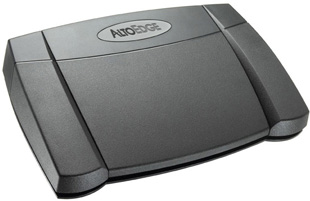
Yesterday, I recieved by post a copy of "Intangible Cultural Heritage in Scotland: the Way Forward", a summary of a report prepared by Alison McCleary, Alistair McCleary, Linda Gunn and David Hill of Napier University, based on research commissioned by Museums Galleries Scotland in partnership with the Scottish Arts Council and the Scotland Committee of the UK National Commission for UNESCO.
The report identifies practical steps to be taken in order to safeguard and promote the richness and diversity of Scotland’s cultural practices and living traditions. It came at a perfect time, as HFNL is working on preparing a booklet entitled "What is Intangible Cultural Heritage?" - a first step in a similar direction.
Click here for the full report(439 KB pdf) or summary report (9,935 KB pdf).
The press release on the launch of the report can be found here.
The report summary, beautifully illustrated, gives an overview of Intangible Cultural Heritage in general, and how it relates to Scotland, as well as sections on collecting and managing ICH data, and safeguarding ICH. It recommends four next steps in conserving ICH in Scotland:
The summary also includes two small case studies, one on the "Up-Helly-Aa" festivals in Shetland (shown in the picture above), and one on collecting ICH on the island of Linsmore, on the west coast of Scotland.
Interesting and exciting stuff, with some good recommendations!





